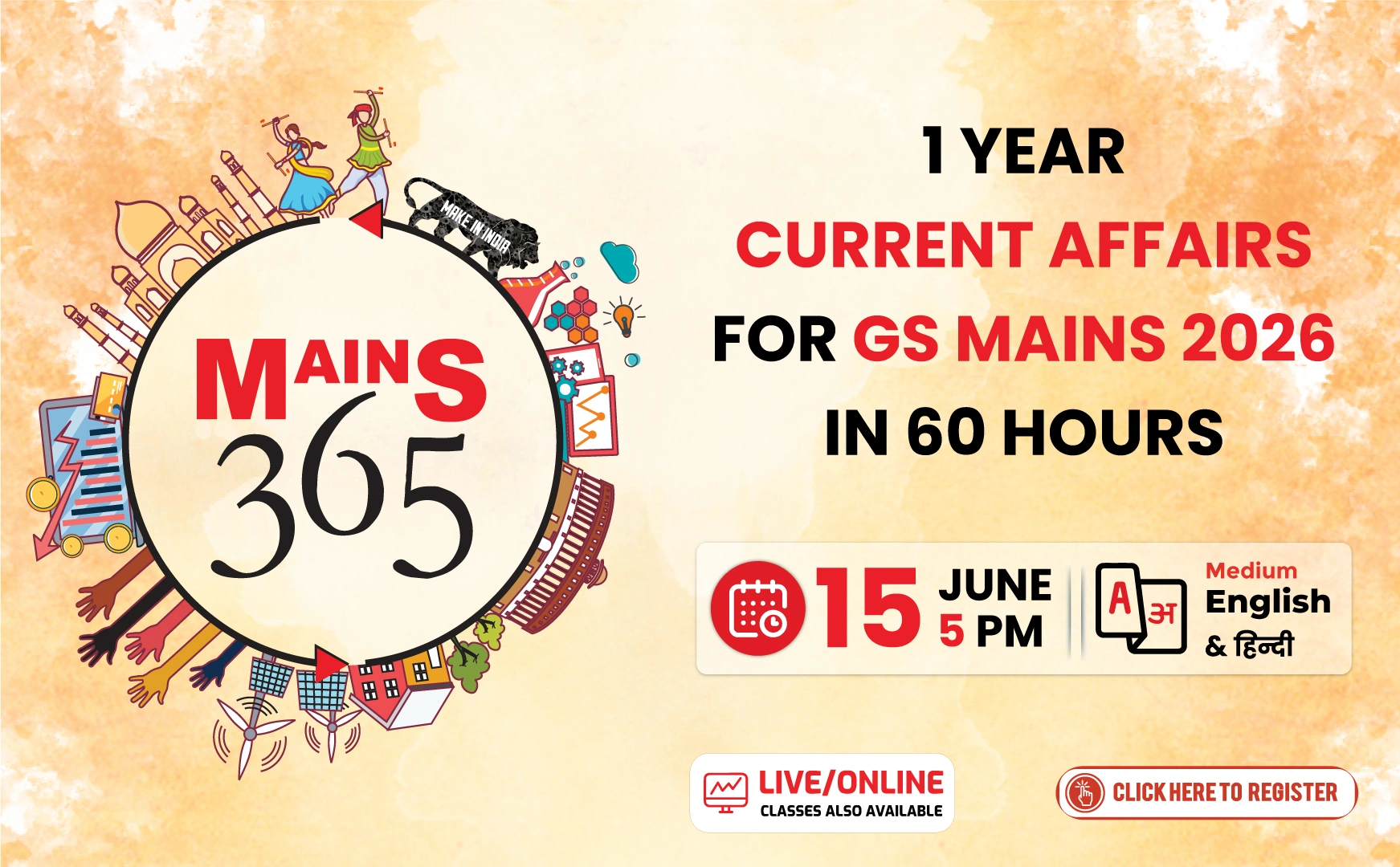Sustainable Job Creation in India
The Government of India (GoI) aims to drive sustainable job creation by simplifying business regulations, fostering labor flexibility, and prioritizing reskilling and upskilling.
Mismatch Between Occupational and Educational Skill Levels
The 2023 Economic Survey highlights a significant mismatch between occupational and educational skill levels:
- 53.25% of graduates and 29.8% of postgraduates are employed in low-skilled occupations.
- 38.23% of graduates work in jobs requiring specialized skills.
Challenges Faced
- Low educational attainment and poor learning outcomes.
- Shortage of high-quality jobs and limited emphasis on practical skill development.
Educational Attainment Levels
Data from PLFS shows the educational levels of the workforce:
- Over 90% have qualifications at or below the secondary level.
- 52.4% have only a primary-level education or less, and 37.8% have completed secondary education.
Gross Enrolment Ratios (GER)
- Current GER at the secondary level is 77.4%.
- NEP 2020 aims for 100% GER at the secondary level by 2030.
Higher Education Challenges
- GER for higher secondary levels is low at 56.2%.
- Improvement in higher education GER from 23.7% in 2014-15 to 28.4% in 2021-22.
- Only 7.6% of the workforce has a graduate degree, and 2.2% a postgraduate degree or more.
State-Level Variations
- States like Bihar and Assam show over 90% of the workforce with low education and skill levels.
- UTs like Chandigarh and Puducherry show better educational outcomes.
Occupational Distribution
- In 2023, 94% of states/UTs had more than half of their workforce in medium-skill jobs.
- 52% had more than 20% low-skill levels.
The Need for Reskilling and Vocational Training
- Only 3.73% of the workforce has undergone vocational training.
- 28.33% receive informal training, which is insufficient for emerging industries.
Recommendations
Restructuring vocational training through industry-academia partnerships and integrating on-the-job training into educational programs can help bridge the skill gap. State governments need to play a strategic role in developing a skilled and competitive workforce for future economic dynamics.



